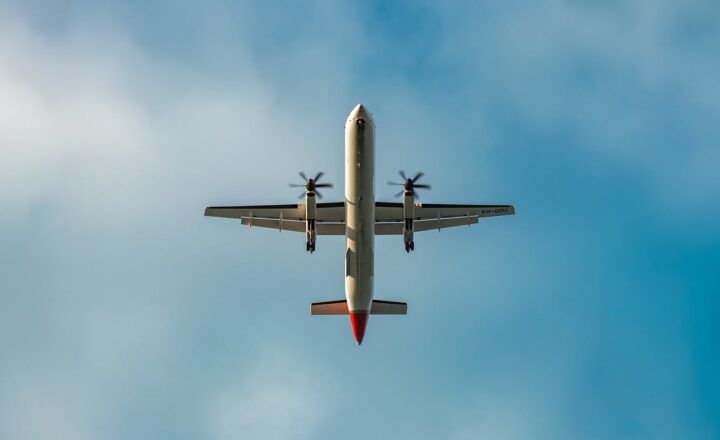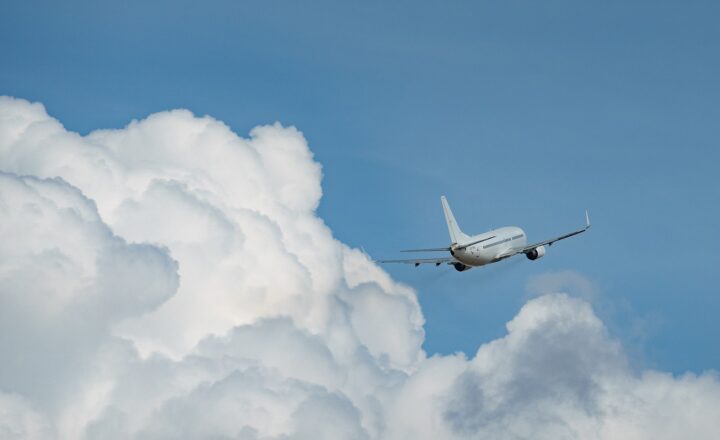The Mysterious Vanishing of Flight MH370: A Modern-Day Unsolved Mystery
November 15, 2024

On March 8, 2014, Malaysia Airlines Flight MH370 took off from Kuala Lumpur International Airport bound for Beijing Capital International Airport. It was a routine flight, carrying 239 passengers and crew members, but mere minutes after takeoff, the aircraft vanished from radar screens, leading to one of the greatest aviation mysteries of our time. This article delves into the tantalizing details surrounding the disappearance of Flight MH370, exploring theories, investigations, and the personal stories of those affected by this tragic event.
1. The Timeline of Disappearance
The flight, a Boeing 777-200ER, took off at 12:41 AM local time. Everything seemed normal until, approximately 40 minutes into the flight, the plane lost contact with air traffic control. What transpired next remains shrouded in confusion and speculation.
– **12:41 AM:** Flight MH370 departs Kuala Lumpur.
– **1:07 AM:** The last communication from the cockpit occurs, with the captain’s words, “Good night, Malaysian three seven zero.”
– **1:21 AM:** The aircraft’s transponder is turned off, and the plane deviates from its original route.
– **2:03 AM:** MH370 disappears from radar over the South China Sea.
The plane’s last known location was south of the Indian Ocean, leading to an international search effort that would soon falter despite being the most extensive in aviation history.
2. The Search Efforts
Once the aircraft was reported missing, search operations were initiated nearly immediately. Initially, the focus was on the South China Sea, where the plane lost contact. However, as satellites began to track the plane’s path, it became clear that its course diverged sharply.
The search effort quickly expanded, covering vast areas of ocean. The Australian Transport Safety Bureau (ATSB) took charge of the operation, leading a multi-national team that included ships, planes, and submarines.
Despite years of searching, the actual wreckage of MH370 remained elusive, sparking widespread frustration and despair among the families of the victims. The search eventually shifted its focus to the southern Indian Ocean, an area believed to be the likely resting place of the aircraft.
3. Theories and Speculations
With no definitive conclusion to the fate of Flight MH370, various theories began to circulate. Here are a few of the most prevalent:
– **Mechanical Failure:** Some believe that a catastrophic mechanical failure led to the loss of the aircraft. Although the Boeing 777 has a strong safety record, the possibility of a malfunction cannot be disregarded entirely.
– **Pilot Involvement:** Another theory suggests that the pilots purposely diverted the plane from its intended course. Investigators have probed the backgrounds of both pilots, looking for potential motives, yet they found no concrete evidence to support this idea.
– **Hijacking:** The notion of a hijacking also gained traction. However, despite extensive investigations, authorities found no overwhelming proof to indicate that the plane had been seized by terrorists or another malicious party.
– **Fire or Rapid Decompression:** Inside the cockpit, smoke or fire could have incapacitated the crew and passengers, leaving the aircraft on autopilot until fuel exhaustion led to its crash.
Each theory brings its own intrigue yet also leaves a multitude of questions unanswered, contributing to the overall mystique of this case.
4. The Impact on Families and Recovery Efforts
The disappearance of Flight MH370 has profoundly affected the families of those on board. With no closure provided, many relatives have expressed frustration with the lack of concrete information and results from the search efforts. Advocacy groups have emerged, pressuring governments and agencies to increase transparency and support.
In 2018, a report published by the ATSB concluded that the aircraft likely lies on the ocean floor, but specific coordinates remain undiscovered. In an effort to provide some level of closure, ongoing funding and interest in the search still continue from families who seek answers.
Furthermore, in the years following the incident, legislation and regulations regarding aviation safety have begun to evolve. Airlines and manufacturers have started investing in technologies aimed at enhancing tracking capabilities and ensuring that such a mystery does not occur again in the future.
5. The Remaining Questions
Despite the extensive investigations, the mystery surrounding Flight MH370 remains largely unsolved. Questions that linger include:
– **What really happened to the plane in the final moments before it disappeared?**
– **Is there any hope of recovering the flight data recorders?**
– **Can advancements in technology lead to better tracking of aircraft in the future, preventing such disappearances from occurring again?**
Understanding MH370 is not just a quest for closure for the families involved; it is also critical for improving air travel safety to prevent further tragedies.
Conclusion
The vanishing of Flight MH370 is a tragic event that captures the world’s attention and leaves behind unanswered questions. As search efforts continue and theories proliferate, the impact of this event resonates with families and aviation authorities alike. The story of MH370 serves as a reminder of how fragile life can be and how vital it is for both airline safety and the emotional well-being of those directly impacted by air disasters.
In a world where mystery often clouds the truth, the case of Flight MH370 stands as an enduring enigma in modern aviation history. As we strive for answers, the collective hope of many lies in finding the truth, honoring those lost, and ensuring that such tragedies are less likely in the future.







